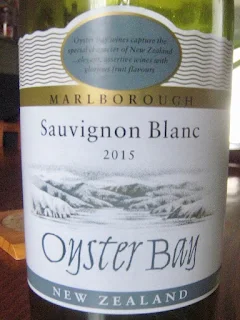The distinction between New World and Old World wine countries primarily revolves around historical, cultural, and geographical factors, which have significant impacts on winemaking practices, grape varieties, and wine styles. Here are some key differences:
History and Tradition:
- Old World: Old World wine countries, such as France, Italy, Spain, and Germany, have long histories of winemaking dating back centuries or even millennia. Wine production in these regions often has deep-rooted traditions and strict regulations.
- New World: New World wine countries, like the United States, Australia, New Zealand, Chile, and Argentina, began producing wine much more recently, typically within the last few centuries. As such, they lack the long-standing traditions and regulations of Old World wine regions.
Grape Varieties:
- Old World: Old World countries often focus on indigenous grape varieties that have been cultivated in their respective regions for generations. Examples include Cabernet Sauvignon and Merlot in Bordeaux, France, or Sangiovese in Tuscany, Italy.
- New World: New World countries have more flexibility in grape selection and are known for experimenting with a wide range of grape varieties from around the world. They may also grow traditional Old World varieties, but they often adapt them to their own climates and soils.
Terroir and Geography:
- Old World: Old World wine regions are typically characterized by a strong emphasis on terroir, which refers to the unique combination of soil, climate, and topography that influences the characteristics of the wine. Old World winemakers often prioritize expressing terroir in their wines.
- New World: While New World winemakers also recognize the importance of terroir, they may place less emphasis on it compared to their Old World counterparts. New World regions tend to have more diverse climates and landscapes, leading to a broader range of wine styles within a single region.
Winemaking Techniques:
- Old World: Traditional winemaking techniques are often more prevalent in Old World countries, where methods such as hand-harvesting, natural fermentation, and extended aging in oak barrels are commonly used.
- New World: New World winemakers are more likely to employ modern winemaking techniques, such as mechanical harvesting, cultured yeast fermentation, and the use of stainless steel tanks. They may also be more experimental with techniques like micro-oxygenation and reverse osmosis.
Wine Styles and Marketing:
- Old World: Old World wines are often described in terms of their region of origin and are closely associated with appellations or denominations of origin. They may prioritize subtlety, complexity, and food compatibility.
- New World: New World wines are often marketed based on grape variety or winemaker style, and they may emphasize fruit-forward flavors, boldness, and approachability. Marketing strategies tend to be more consumer-focused and less bound by tradition.
Overall, while both Old World and New World wine countries share a passion for winemaking, they approach it from different perspectives shaped by their unique histories, traditions, and environments.
https://www.youtube.com/channel/UCtEmIqoo7SW9iqEG1nM1s6w
www.tanzcrafts.com
Visit the website to order handcrafted packaging for your wine bottles, Whisky bottles, and miniatures


